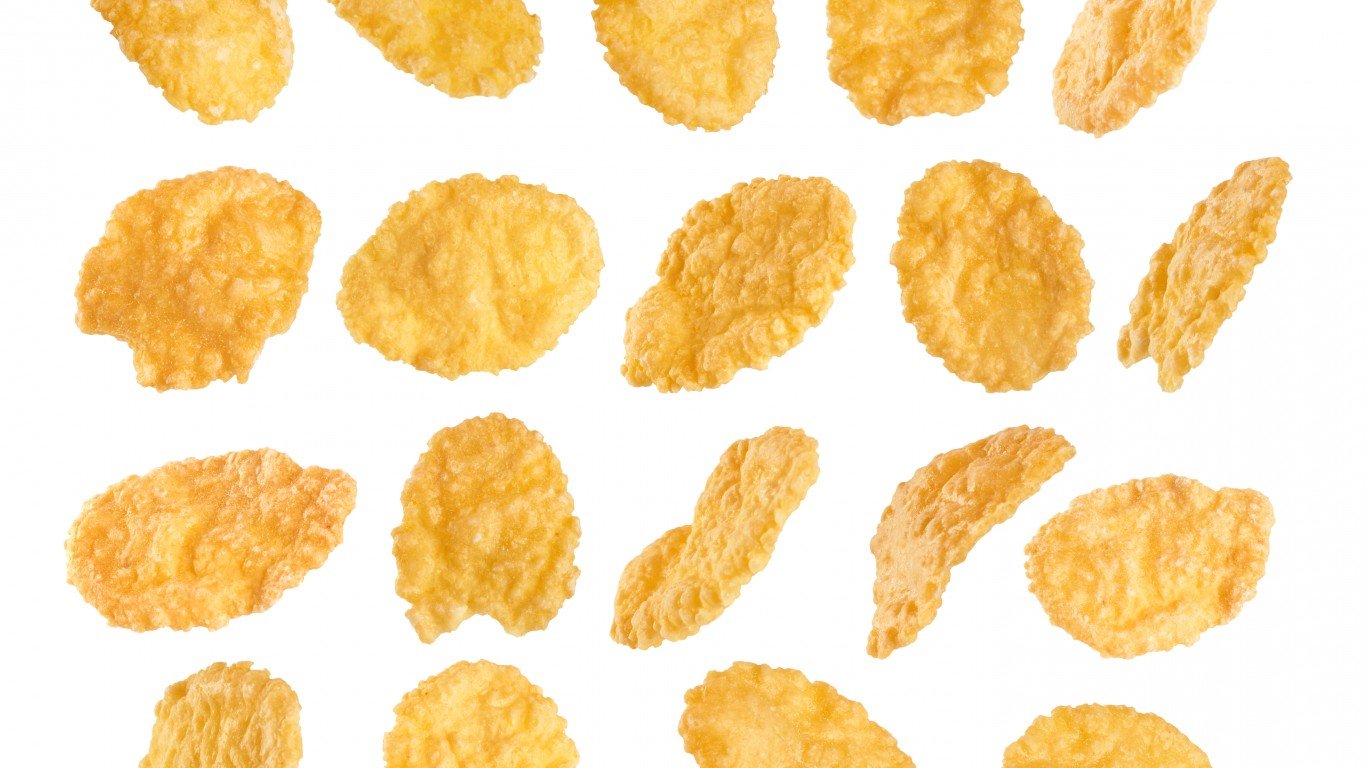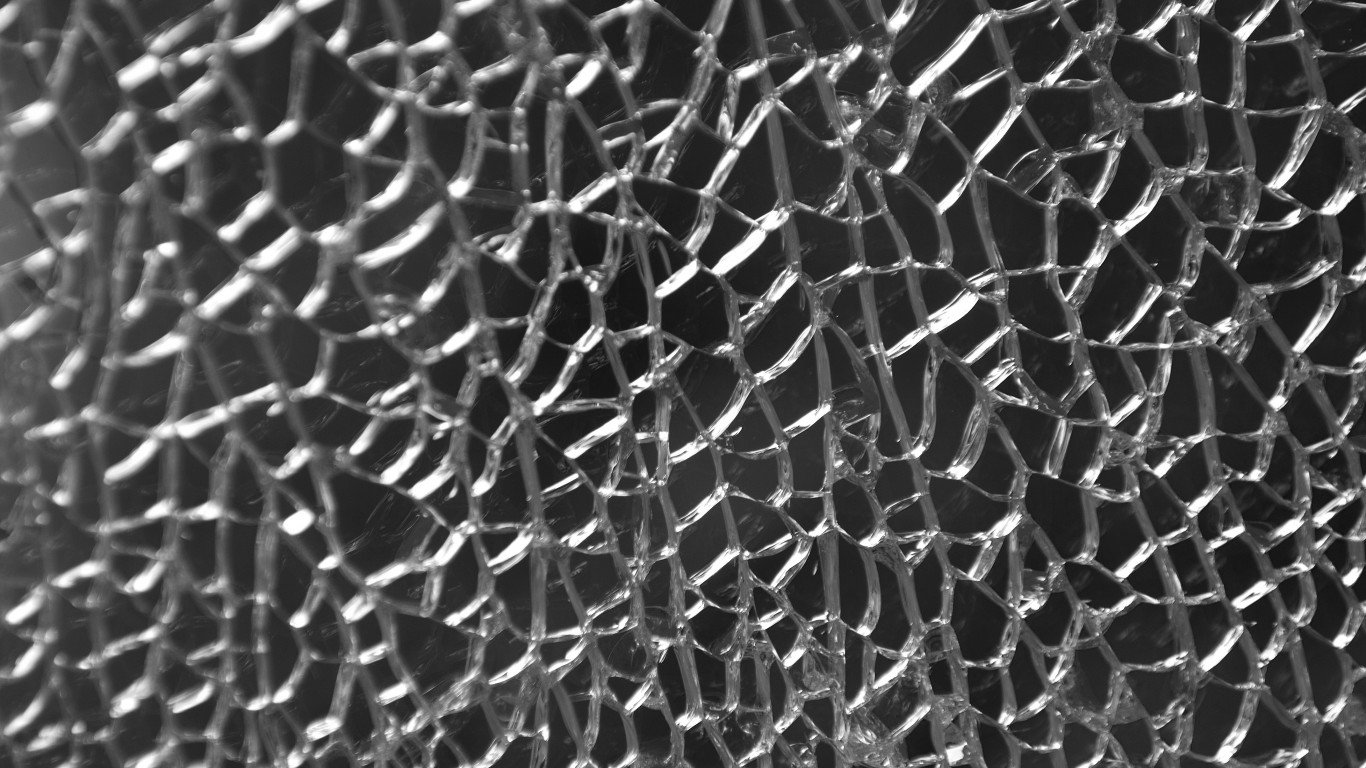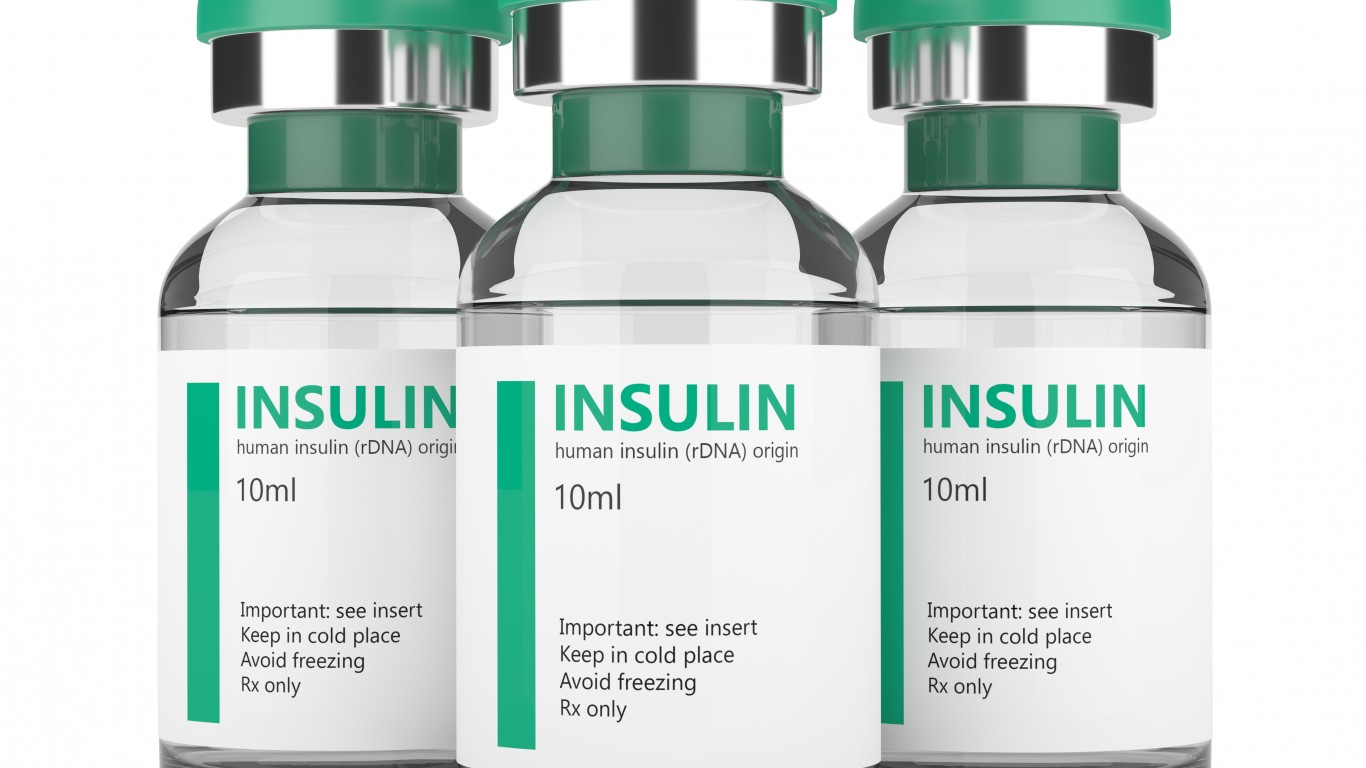
Radioactivity
>Year: 1896
French physicist Henri Becquerel frequently experimented with phosphorescence and light absorption by crystals. When X-rays were discovered, he began conducting experiments to find a connection between X-rays and phosphorescence. While working with uranium crystals – which he believed would absorb energy from the sun and then burn an X-ray image onto a photographic plate – Becquerel accidentally discovered radioactivity.
One day as clouds rolled in, he packed up his uranium and plates, deciding to resume when it was sunnier. But the uranium still burned an image onto one of the plates. He concluded that the rays had not come from the sun, but from the uranium itself.

Cornflakes
>Year: 1898
While working on a recipe for healthy, whole grain breakfast biscuits, brothers John and Will Kellogg produced a biscuit so hard that it broke someone’s tooth. They solved this problem by smashing the biscuits into pieces before serving them. One night, they accidentally left a pot of biscuit mixture out. It fermented, creating a pliable dough that rolled out more thinly than ever and baked into delicately crispy pieces. This new fermented recipe would be the precursor to cornflakes.

Shatterproof Glass
>Year: 1903
French artist and inventor Edouard Benedictus was tinkering in his lab when he dropped a flask that had previously contained cellulose nitrate. Although the flask broke, he noticed that the glass shards remained glued together by remnants of the cellulose compound. Benedictus recalled recent news reports of car accident victims receiving severe injuries from shattered windshields, so he began to perfect a method of laminating glass to prevent it from shattering.

Plastic
>Year: 1907
Leo Hendrik Baekeland was a Belgian-American chemist who accidentally created the recipe for the world’s first fully synthetic plastic. While attempting to create a cheaper alternative to shellac – an expensive resin harvested from lac bug secretions in South Asia – Baekeland instead created a hard, moldable polymer. Called Bakelite, his invention became indispensable for its applications in electronics, jewelry, and everyday household items like phones and clocks.

Insulin
>Year: 1889
Although insulin was first extracted and isolated by University of Toronto scientists in 1921, it was an 1889 experiment that first correlated pancreatic function with diabetes. Two German physicians, Oskar Minkowski and Josef von Mering, were attempting to uncover the role of the pancreas in digestion when they surgically removed a dog’s pancreas. They later noticed flies swarming around the dog’s urine, and upon testing it discovered a high sugar content. The doctors realized that by removing the organ, they had given the dog diabetes.

 24/7 Tempo
24/7 Tempo




